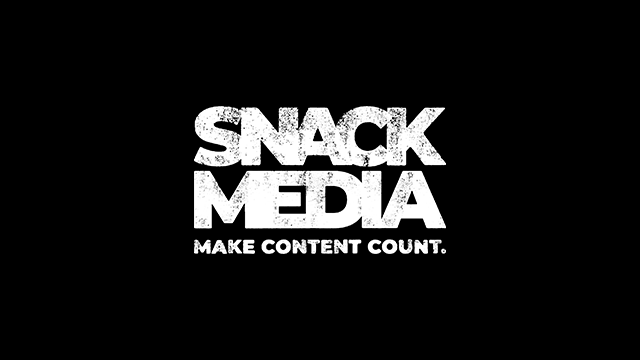It’s true that the distinction between content marketing and copywriting is occasionally blurred – fortunately, though, the differences can be explained succinctly.
Content marketing concerns the development of well-written copy for a marketing purpose – an organisation, for example, publishes an innovative, in-demand report that really stimulates interest. In exchange for this information, it will ask for the reader’s email address and permission to inform them about other developments in the future. Examples include white papers, blogs, viral videos and printed marketing literature.
The aim of copywriting, meanwhile, is to encourage the reader to act on a call to action – whether that’s asking for further details, initiating a purchase or being encouraged to pay a visit to an outlet to check out certain products. Direct mail, infographics and direct mail are among the most common examples.
Printed marketing literature can touch on both – from newsletters that people have subscribed to to targeted flyers and brochures. The real test for the copywriter, then, is how to distinguish between print and online. It’s true, though, that there are some fundamental copywriting for marketing rules, no matter where or how the content is being published.
Companies tend to spend a lot of money on their sales and marketing initiatives, but they don’t always realise the importance of their communications. The initial goal of any flyer or brochure should be the generation of immediate interest in a product or service – unfortunately, this isn’t always realised.
To get round this, here are some key copywriting for marketing tips:
Keep things simple
At school, most of us are taught to write creatively and to use so-called sophisticated and advanced language. Sadly, this is often at the expense of clarity – and the problem is often made worse in professional life with the onset of jargon and industry clichés.
Our team of copywriters understands the importance of keeping it simple – why make things harder for your readers? By using terms that all readers can understand, you’re more likely to plant an idea in their head.
Steer clear of corporate myopia
Often abbreviated to CM, corporate myopia essentially involves a company not viewing things from their customers’ perspective. This thought process is often applied to marketing literature – an organisation might mention, for example, that it’s “the leading supplier of…” rather than explaining the benefits a customer may receive from its products and services.
Be creative
There’s nothing duller than dry copywriting for marketing. At Snack Media, our writers are blessed with creative outlooks. Our journalism-led approach means that we specialise in telling stories rather than simply quoting facts and figures – we believe that marketing literature should entertain as well as educate.
The old cliché: less is more
Writing in an engaging, concise and succinct way is a skill. We’re sticklers when it comes to word economy, and understand that problems that can arise when people write in the way they talk. You want potential customers to get your message as quickly as possible – which means cutting the fat.
If you’d like to find out more about our copywriting for marketing services, please contact us for further information.





